Introduction to the Big Story
My Story, Our Story, God’s Story
We all have our own stories – what we often call our life stories. These shape us and give us meaning, such that we all live out of our stories. That’s true for us personally and for us as a church. The problem is that our stories are broken and incomplete and can only find healing and fullness within God’s larger story, the Big Story.
The basic shape of the Bible is story. The Bible is not fundamentally a textbook or rule book to be dipped into, but a story designed to be read as one book from cover to cover. And as we read it, we come to know the Author and his work and are offered the chance to participate with him in his work.
The books of the Bible, inspired by the Holy Spirit, together tell God’s story – and it becomes our story as he writes us into it. God is like a parent or grandparent who tells a story and puts us in it. We see this with Paul, whom God calls to carry his story on when he announces,
“This man is my chosen instrument to proclaim my name to the Gentiles and their kings and to the people of Israel” (Acts 9:15).
Or when Peter declares to people who formerly were nobodies,
“But you are a chosen people, a royal priesthood, a holy nation, God’s special possession, that you may declare the praises of him who called you out of darkness into his wonderful light. Once you were not a people, but now you are the people of God; once you had not received mercy, but now you have received mercy” (1 Peter 2:9-10).
And this scripture now becomes a word to us too.
Like other stories, the Bible has a setting and beginning, a plot, a conflict, a resolution, characters and characterisation and much more. It is a story that draws us in, moves us, remoulds us and launches us out – God coming with us, empowering us as we go. This story gives us meaning and direction to our life in the present.
We often see story working at three levels in the Bible. At the first level, there is the grand story in which we appreciate the unfolding story of God in his world. At the second level, there is the story of God’s people, called on behalf of his purposes for his world (the first level). At the third level, there are the various individual narratives which make up the other two levels.
So, God weaves his purposes amid the frequent failings of his people and actions of the individual characters. For example, Joseph is sold as a slave to Egypt out of spite by his brothers. But Joseph sees God’s hand in this to preserve God’s covenant people who were called to be a blessing to the world. He summarises to his brothers, “You intended to harm me, but God intended it for good to accomplish what is now being done, the saving of many lives” (Genesis 50:20).
God’s story therefore shines light on our path forward. It helps us see his bigger purpose and imagine possibilities we haven't thought of before. It gives us a larger context for living and a deeper sense of our own vocation. It furnishes us with a scintillating vision of the future and inspires us to live towards that future and take action now.
God’s Big Story can be told in 6 ‘acts’:
Creation (Gen 1-2)
Crisis (Gen 3-11)
Calling of Abraham and Israel (Gen 12-Mal 4)
Christ (Matt 1-John 21)
Church (Acts 1-Rev 20)
Consummation (Rev 21-22)
This Autumn, we will begin to outline the contours and significance of the Big Story as follows:

